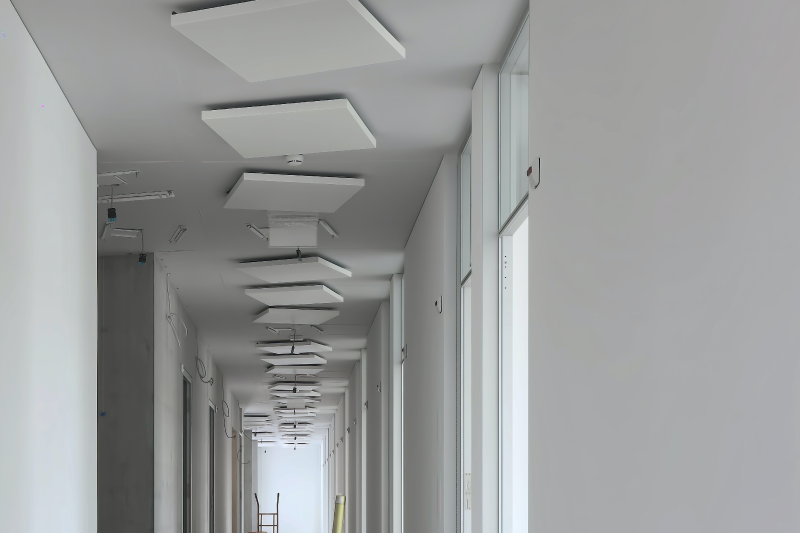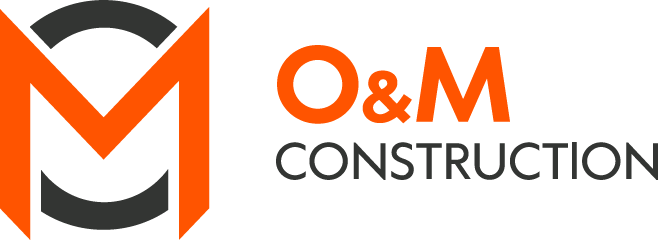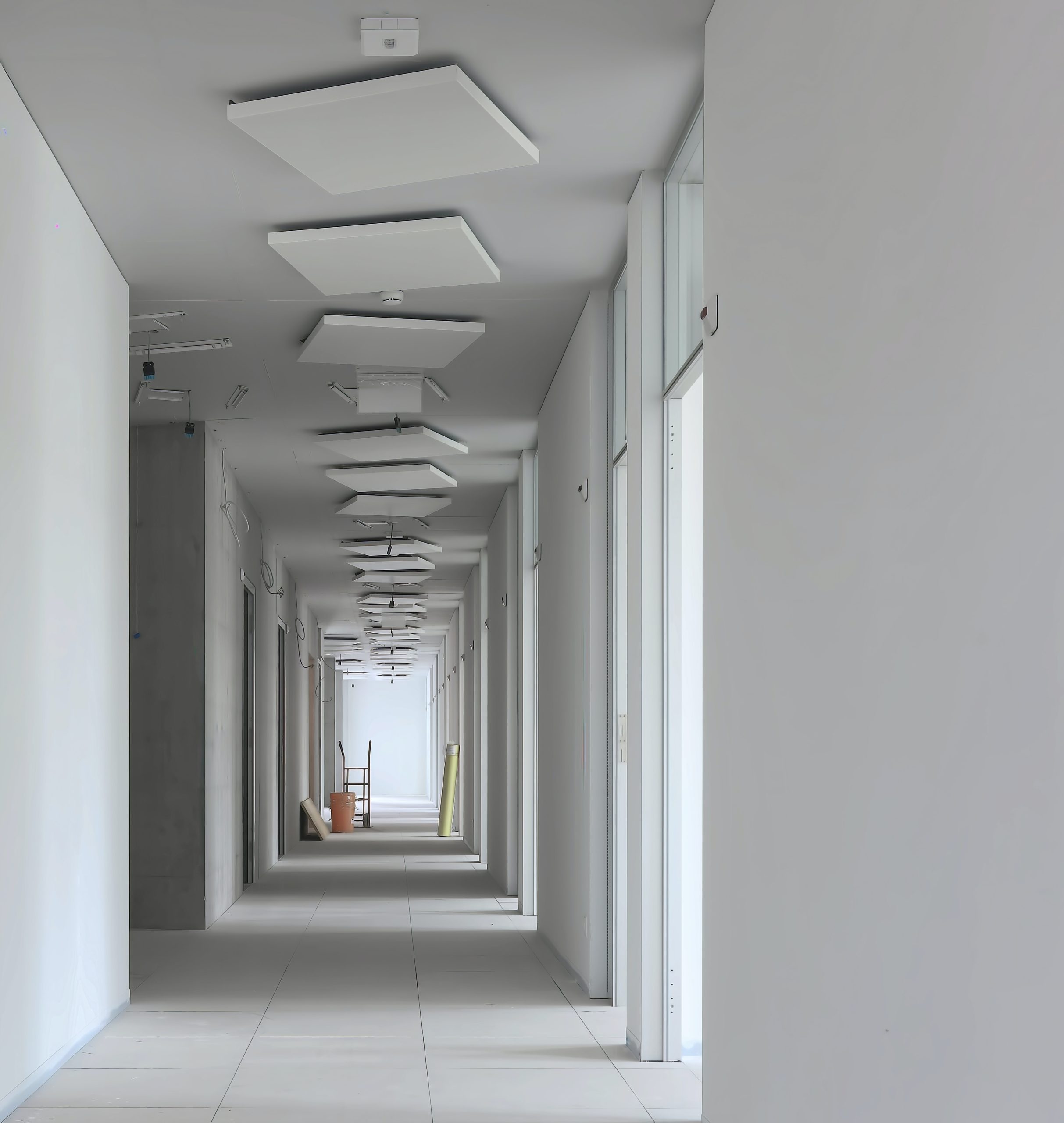Drywall is one of the most crucial and common building materials used by drywall contractors today for both commercial and residential buildings. As a drywall contractor, our team of experienced professionals are experts in all facets of drywall installation, repair and finishing, to include texturing. We invite our business partners and community members as well as new and old customers to review our specialty services to learn more about how we can provide value and benefit them.
Services
Hang
Hanging drywall involves attaching large sheets of gypsum board to the framework of a wall or ceiling to create a smooth surface for painting or wallpapering. The process typically involves measuring and cutting the drywall to size, then using screws or nails to fasten it to the studs or joists. Careful attention to detail is important to ensure a tight fit and a seamless finish. Once the drywall is installed, joints and screw holes must be filled and sanded before it can be painted or finished in any other way.
Tape and Bed
Taping and bedding drywall is the process of finishing the seams and joints between sheets of drywall to create a smooth, seamless surface. The process involves applying joint tape to the seams, then covering the tape with a layer of joint compound, also known as mud. This mud is then smoothed and feathered out to create a flat surface. Once the first layer of mud has dried, additional layers are applied, each one wider than the last, until the joint is smooth and level with the surrounding wall. After the final layer of mud has dried, the joint is sanded smooth to create a seamless finish. Taping and bedding is a critical step in the drywall installation process, as it ensures a flawless finish for painting or wallpapering.
Texture
Textured drywall refers to a style of drywall that has a textured surface, rather than a smooth one. There are many different types of textures that can be applied to drywall, including popcorn, knockdown, and swirl. Texturing can be done for aesthetic purposes or to hide imperfections in the drywall, such as seams or joint compound. The process of texturing involves applying a layer of joint compound to the drywall surface, then using a variety of tools to create the desired texture. Once the texture has been applied and allowed to dry, the surface can be painted or finished in any other way. Textured drywall is commonly used in homes and commercial buildings to add visual interest and character to interior walls and ceilings.
Venetian Plaster
Venetian plaster is a type of decorative plaster that is applied to walls to create a luxurious and elegant finish. It is typically made from a mixture of marble dust, slaked lime, and water, which is then tinted with natural pigments to create a range of colors. The plaster is applied in multiple thin layers, using a trowel, and then polished to create a smooth, marble-like finish with a high sheen. The process of applying Venetian plaster is highly skilled and requires precision and attention to detail. The end result is a highly durable and long-lasting finish that adds depth and texture to any space. Venetian plaster is often used in high-end residential and commercial properties to create a sophisticated and timeless look.
Repairs
Drywall repairs are necessary when walls or ceilings become damaged, such as from a hole, crack, or water damage. The process involves cutting out the damaged area and replacing it with a new piece of drywall, which is then attached to the surrounding area using screws or nails. The joints and seams are then taped and mudded to create a smooth finish, and the surface is sanded and painted to match the surrounding area. In some cases, a patching compound can be used to fill in small holes or cracks. Drywall repairs can be a simple DIY project for minor damage, but more extensive damage may require the services of a professional contractor. Prompt and proper repairs can help maintain the structural integrity and appearance of walls and ceilings.


